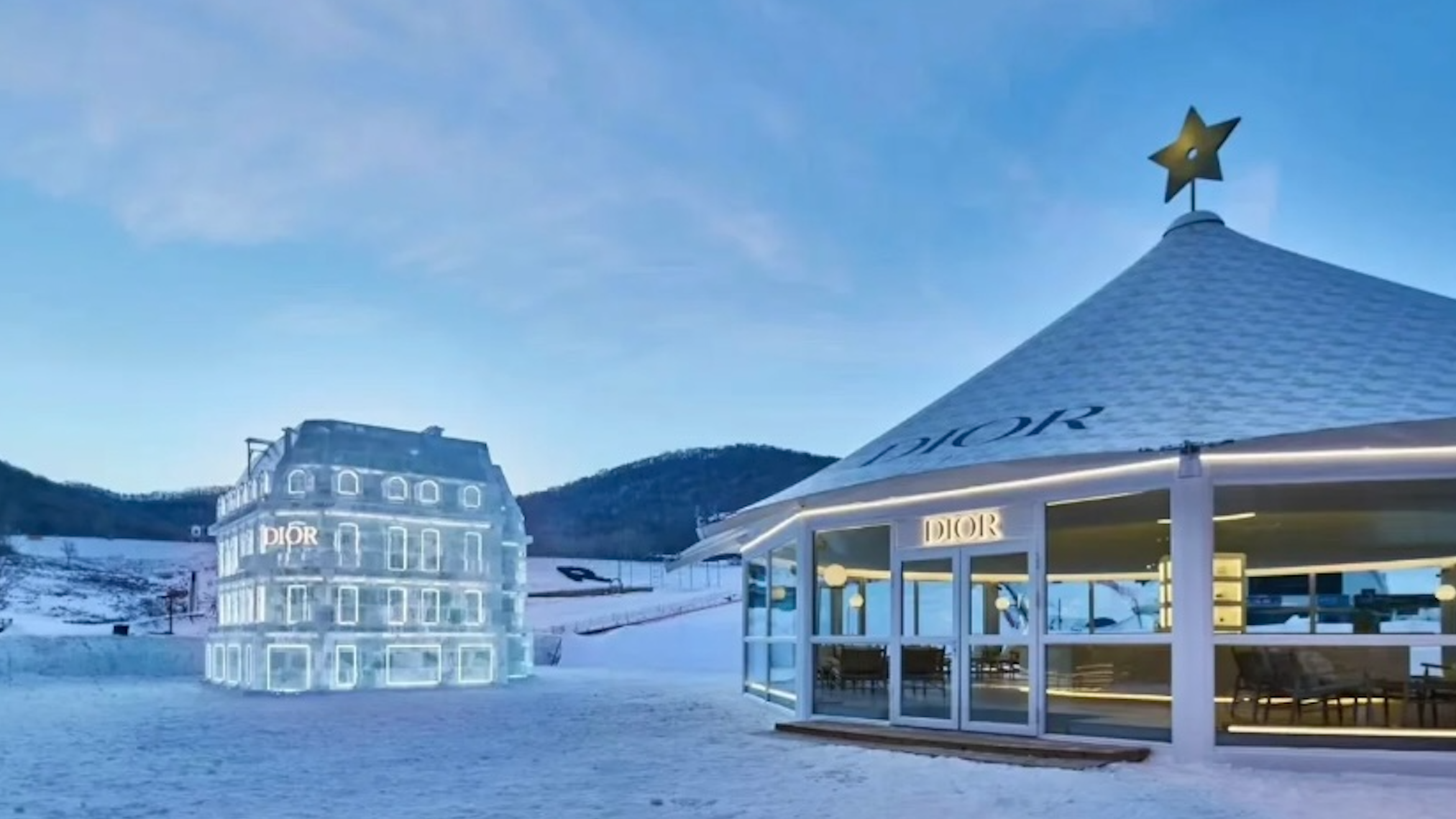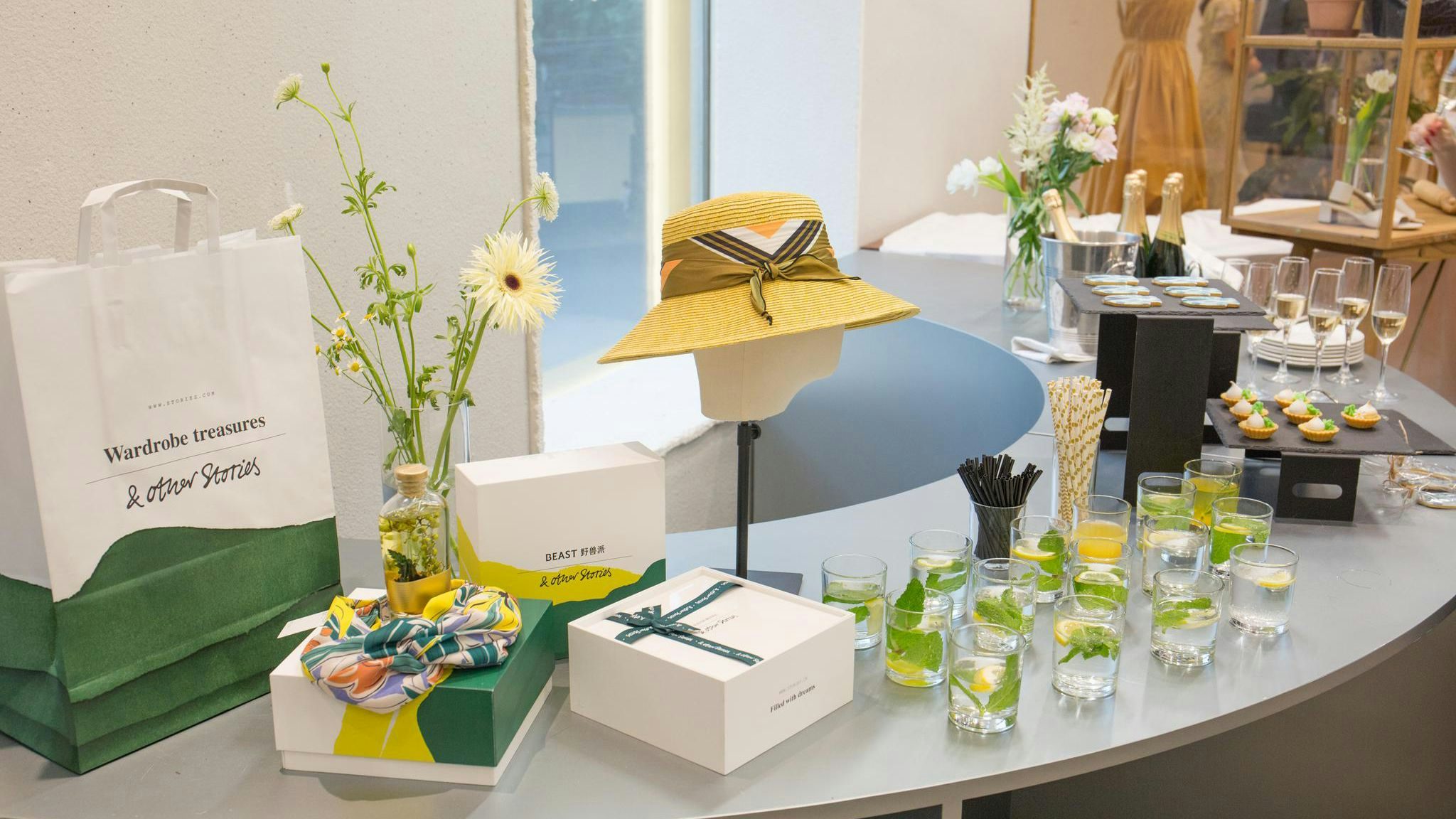During the Spring Festival holiday, the Chinese social media platform Xiaohongshu was filled with selfies shot against the backdrop of Dior’s latest ice sculpture pop-up in China.
Located at Lake Songhua Resort, a popular ski resort in Jilin province, the pop-up building is modeled after the maison’s flagship store at 30 Avenue Montaigne in Paris. There, Dior exhibited its signature handbags and silhouettes carved out of ice, presented the brand’s ski wear collection — DiorAlps — and erected a coffee shop. At night, there were also light shows. Many Xiaohongshu users, like @野生仙仙, commented: “Dior knows how to create romantic experiences.” Other users showcased their full Dior skiwear uniforms bought at the pop-up.
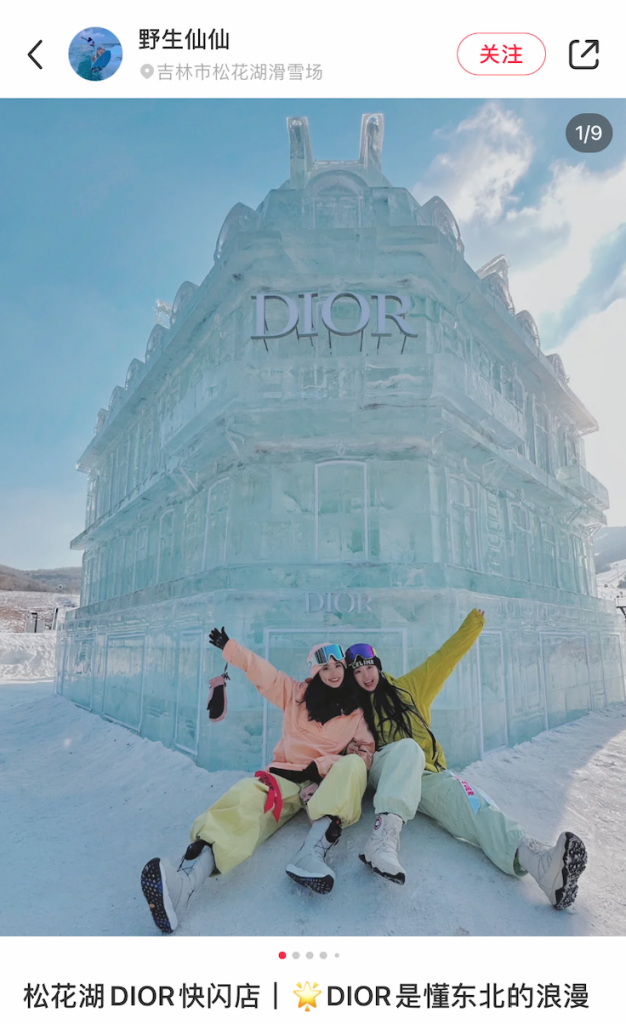
With COVID-19 restrictions lifted, travel retail presents a unique opportunity for heritage brands. The social media-friendly pop-ups, novel experiences, and exclusive products make temporary luxury installations a must-see or FOMO attraction for Chinese travelers.
Here, Jing Daily decodes the significance of luxury pop-ups in 2023.
Domestic travelers are eager to spend more#
Now freely allowed to travel domestically, local consumers are feeling the urge to splurge. According to the Ministry of Culture and Tourism, there were 308 million domestic trips during the 2023 Chinese New Year, and domestic revenue increased by 30 percent yearly to 55 billion (375 billion RMB). James Hebbert, managing director of Chinese digital marketing agency Hylink, tells Jing Daily, “39 percent of Gen Z — China’s most powerful consumer group — were eager to take a trip within a few weeks of China’s border reopening.”
“39 percent of Gen Z — China’s most powerful consumer group — were eager to take a trip within a few weeks of China’s border reopening.”
The pandemic has made more people want to escape from the city for a short break, whether it’s exploring Yunnan’s breathtaking landscapes or visiting fashion and food-friendly cities like Chengdu and Chongqing. In light of this scenario, Adrian Peh, general manager of fashion and beauty at Gusto Luxe, suggests that brands “carry out collaboration projects in high-end hotels located in popular tourist areas such as Yunnan, Tibet, Guangdong, Shaanxi, Fujian, which can include activities such as exclusive spa or fitness offerings, sports equipment, and clothing.”
At the same time, maisons should consider introducing tourism marketing projects in the country and maintain communication with travelers after they've returned home in order to build long-term relationships. “With the rise of outdoor sports in 2022, the opening of relevant luxury brand experience stores — integrated with Famp;B, retail, and other functions — in popular skiing and camping destinations will attract the attention of high-net-worth individuals,” shares Peh.

How to make pop-ups more attractive for Chinese consumers#
When it comes to pop-ups, consumers’ expectations are high. Premium services, beautiful settings, and personalization are just basic requirements. “I only want to go to pop-ups that offer newness. They must be creative and interactive, even presenting something out of this world that I have seen nowhere or exciting exclusive collections. Otherwise, it’s not worth my time,” says Li Jia, a 28-year-old newborn mom living in Wenzhou who loves discovering new places.
To capture novelty-focused Gen Z, Hebbert revealed that his clients have been experimenting with gamification and leveraging the latest technologies. “VR and AR create highly shareable content for social media.” Lately, theatrical installations, like Dior’s ice sculptures, have also succeeded in gaining youth’s attention and going viral online.
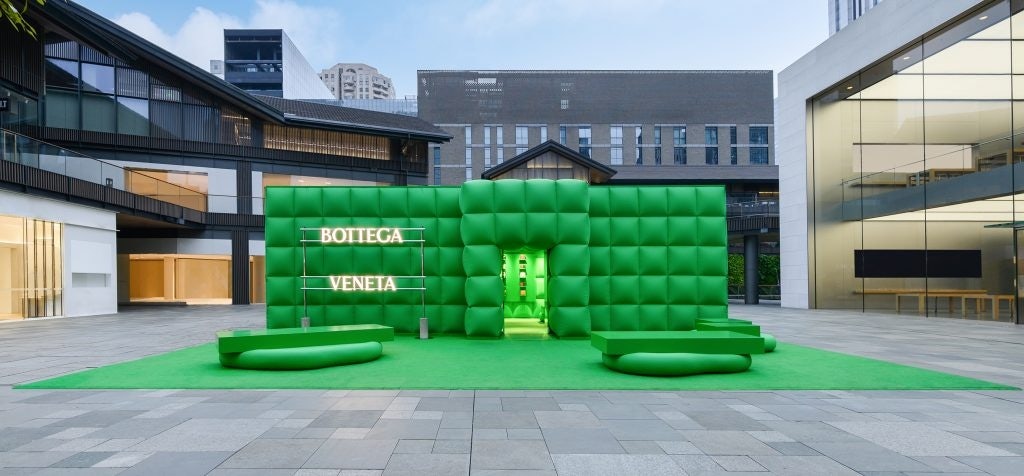
However, pop-up activations are also an extension of a brand’s image. With that in mind, brands must still prioritize experience and storytelling. “It’s about branding rather than generating sales. If a company wants high ROI, the key is often to invite Chinese celebrities. Their appearance always boosts sales by five to 15 times, especially when it is combined with a limited edition,” comments Anaïs Bournonville, head of the luxury division at Gentlemen Marketing Agency.
Additionally, many brands are opening coffee shops at their pop-ups to reach a wider audience. This allows the house to immerse current consumers and potential ones in the house’s identity and DNA and educate them about the brand, rather than simply selling cups of logoed coffee.
Pop-ups present an opportunity for establishing cultural relevance#
Most luxury brands’ brick-and-mortar are located inside large shopping centers. From interiors to experience, they inevitably fall prey to looking and feeling the same as other shops in the mall. As such, pop-up stores give luxury brands more room for creativity and localization.
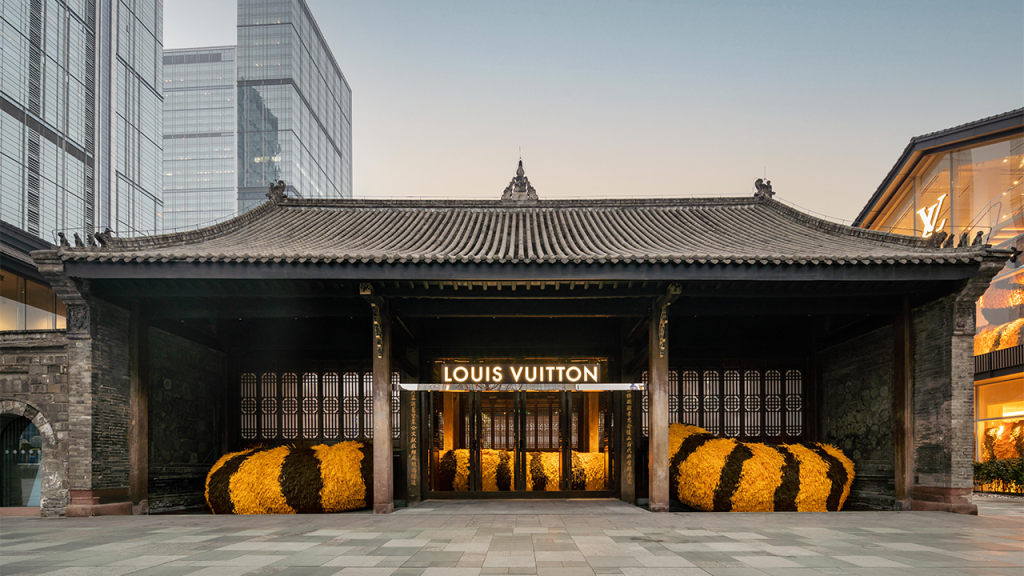
The rise of the guochao trend and new patriotism among consumers mean that businesses must establish cultural relevance in the country. Pop-ups present a way for brands “to keep their unique collections while engaging in the display, light, and universe,” says Bournonville of Gentlemen Marketing Agency. “For local relevance, luxury brands can partner with Chinese architects and artists to design their pop-up stores.”
When selecting the theme and creating content, it is advisable to be as localized as possible without compromising the brand positioning. Peh shares the example of integrating local dialects into audio files, including local places of interest, historical stories in scene descriptions, or even embedding the streets with foods that locals are familiar with. “These are all good ways to narrow the distance between the brand and consumers.”
Yet, companies must be cautious of the line between embracing Chinese culture and appropriating it. “Before launching such a campaign, brands must ensure due diligence to deeply understand the cultural symbols and traditions they’re looking to embrace,” concludes Hebbert, of Hylink.
With locals placing a greater emphasis on experience, the pop-up format not only helps luxury brands strengthen their association with high-end lifestyles but also brings them to new, exciting places — where they can flex their muscles outside the fierce competition of top-tier cities.
